Do you know what’s a dust jacket and what information you should include there?
Before we get into the dust jacket design, let’s talk about the difference between paperback, hardback, and case wrap covers. It will help you fully understand the design layout and key elements of any book cover.
So, keep reading this article, and you will learn:
- the main differences between hardcover and paper cover books;
- how to know what’s better for your book: a case wrap or a dust jacket;
- the key design elements of the dust jacket;
- how to deal with front and back panel;
- what information to include on the front and back flaps;
Get yourself comfy and let’s begin!
Paperback cover vs. Hardback cover
Let’s start with the basics. Do you know the difference between a hardcover and a paper cover? Keep reading to find out.
What is a hardcover book?
The name speaks for itself. A hardcover book is the one wrapped in a hard protective cover. It is usually made of heavy cardboard covered with oilcloth or other fabric, paper, or sometimes leather. It has a flexible, stitched spine that allows the book to lie flat when opened.
The main reason publishers use hardcovers is to protect the book from getting damaged easily and wearing off long-term.
The printing process and the quality of the hardcover and the paper are usually better. Thus, the price of the hardcover book is higher. Besides, there’s a common practice to publish new releases in hardcover first, as it is more profitable.
What is a paper cover book?
Paper cover books, on the other hand, have their covers made of thin cardboard or paper.
The paperback book price is lower than a hardcover one since the production takes less time and effort. Paperbacks are released after the hardcover round when you need to reach a wider audience.
Here’s an interesting update: Depending on the lifestyle and psychological motives of the target audience, paperback books are getting more attention. The Association of American Publishers (AAP) reported its results in 2019, and according to their data, sales of paperback books climbed 2.7%, when sales in hardback books fell 3.5%.
To sum up, take a look at the main differences between paperback and hardcover books.
Main differences between hardcover and paper cover books
Here are the key differences and pros and cons of the hardcover and paper cover books:
- Hardcover books are more expensive and heavier to carry. So if your target audience is, say, a person on a budget who travels very often, hardcovers might not be his weapon of choice.
- On the other side, the hardcover book is more durable, has better quality, and the pages won’t get torn or damaged easily. Besides, a lot of readers get hardcovers for gifts or for their collections.
- Paperback books are much lighter and cheaper, but the covers can get damaged quite easily.
This brings us to other terms in the book publishing world: hardcover case wraps and hardcover dust jackets. Let’s take a closer look.
Case wraps vs. Dust jackets
Once again, let’s go through the basics.
A case wrap is a hardback book cover that is laminated and pressed to the book. The production is more expensive as well as the market price. Typically, the first release edition of the book will be a case wrap.
On the other hand, a dust jacket is a detachable carton cover wrapped around the book. It has folded flaps that go around the front and back book cover and make it easier to hold.
As you might have guessed, the dust jacket should protect the book from dust and prolong the book’s life span. The elements of the dust jacket in general and flaps in particular are fundamental for the book cover design.
We recommend asking yourself the following questions when deciding what cover to dress your book in:
- Who is my target audience?
- What’s the purpose of the book and how is the reader going to use it?
- What are my budgetary constraints?
- Does the durability of the cover matter for my target audience?
Now, let’s concentrate a bit more on the dust jacket design, its elements, and functions. Stay with us.
Anatomy of the dust jacket
First, we’d like to ask you to go to your bookshelf and pick a book with a dust jacket cover. What’s the first thing that captures your attention? Right, text and information. The dust jacket carries a significant role since it’s designed to tell the reader more about the book.
A professional designer should be aware of all the dust jacket elements to create a clear and not overwhelming book cover design.
We’ll be dealing with front panel, front flap, the spine, back panel, and back flap. Let’s get started.
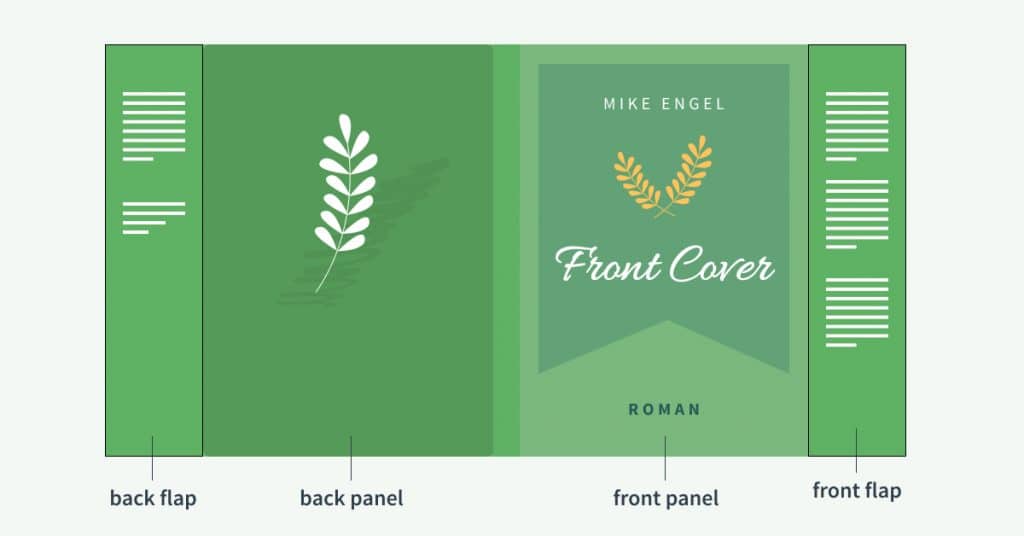
Front panel
This one is easy. The front panel is the same as the front cover in a paperback or case wrap book cover design.
The front panel’s key elements include:
- The book title and the author’s name;
- Subtitle or additional supportive text;
- Images or illustrations;
The size of the front panel is a bit bigger than the size of the book page. Pay attention to the front panel margin. It’s an area of a couple of millimeters on the sides, that should not have any text or distinctive elements of the cover art on it.
Here are some other ideas to keep in mind when it comes to the front panel design:
- Aim for clarity and simplicity
Pay attention to selecting the right typography, color palette, and images that will represent your book genre.
- Evoke emotions
Make sure that your cover evokes the right emotions and conveys the message to the reader.
- Concentrate on your readers
Conduct a target audience research when deciding on the visual elements for your front panel.
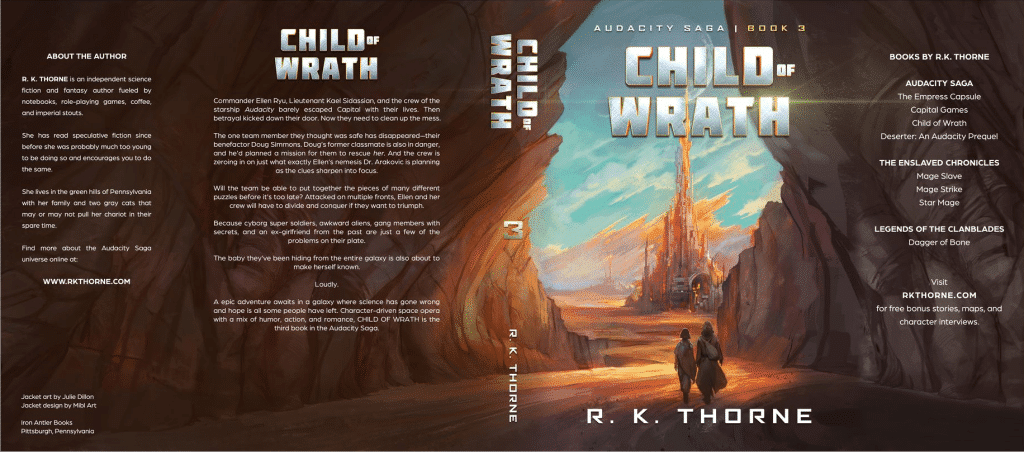
Our next destination is the front flap. Buckle up.
Front flap
The front flap is the dust jacket’s element that folds between the front panel and the books’ first page. A good practice is to make it around 50 – 60 % of the front cover’s width. The front flap is used to provide more information about the book.
Here are some ideas:
- Short description (or blurb)
We’ll get back to this one in a bit. Most of the time, when you are dealing with the dust jacket, you might want to divide your blurb into some parts. Include just a small preview on the front flap, and the extended version of the blurb will go on the back cover. Keep in mind that the space on the front flap is limited, so don’t overwhelm your readers with a huge block of text.
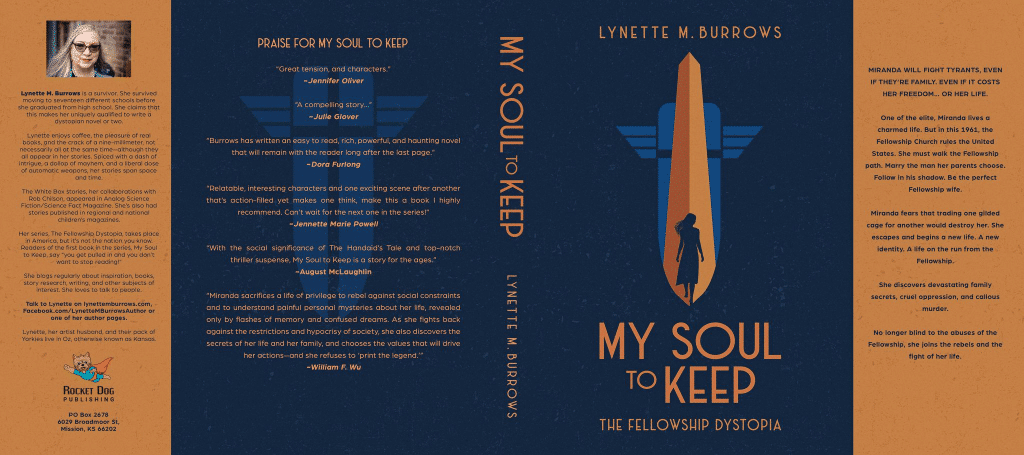
- Quotes from the book
A great practice is to include some captivating quotes from your book on the front flap. It captures the readers’ interest and looks very elegant. See for yourself.
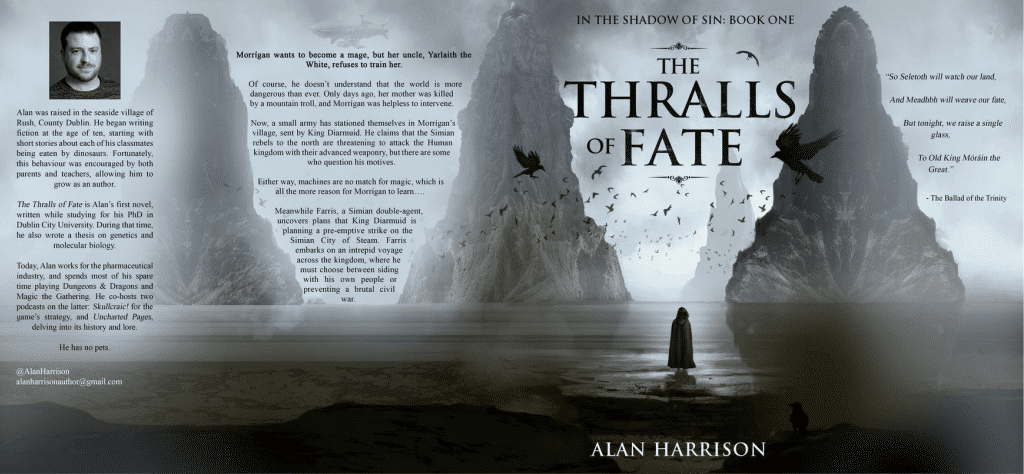
- Author branding
Some authors use the front flap to promote their author brand and include the author website and social media channels. You might also consider putting your other book titles on the front flap.

Now, let’s go through the list of things you should know about the dust jacket’s spine.
Spine
The spine is a very important element of a dust jacket. It serves as navigation support when we’re scanning the bookshelves. The size and width of the spine depend on the format of the book and the number of pages. When designing a book cover, the text on the spine can be arranged in different ways:
- from top to bottom
- from bottom to top
- across the spine
The book spine’s correct design allows not only to draw attention but to create an overall balance in the perception of the book cover.
So what should you keep in mind when it comes to the spine?
- Include the book title and author name on the spine. Pay particular attention to the font size and color.
- The good idea is to make sure there is a sharp contrast between the letters and the color palette used in the background.
- The typography should be captivating to pique the readers’ interest.
- You might consider including one of the book cover design central elements on the spine. Think of it as the book logo, or you might skip it, and place your author logo on the spine.
Hope, we managed to provide you with a few insights regarding the spine of the dust jacket.
The next stops are the back panel and the back flap.
Back panel
The back panel carries the same functions as the back book cover.
Let’s take a look at the layout. The back book panel consists of the following elements:
- Tagline (a short, catchy phrase that helps to convey the key message of your book and intrigue the readers);
- Blurb (a brief description of a book plot that evokes the right emotions and hooks the reader). However, the blurb should not reveal too many plot details and leave some space for imagination. With a dust jacket layout, the blurb does not necessarily belong to the back panel. It might be placed on the front or back flap. Another great idea is to divide the content not to overwhelm the readers with too much text on one page.
- Author bio. It is a great chance to talk a bit about yourself, highlight your expertise, and establish an emotional connection with the reader. The author bio is quite often placed on the back flap of the dust jacket as well.
- Testimonials (positive reviews on your book from well-known experts, publications, or other authors). Once again, this information can be placed either on the front flap, the back flap, or the back panel.
- ISBN barcode. The barcode should be placed at the lower right corner on the back panel of your book. It’s black with a white background. There’s no other way around it.
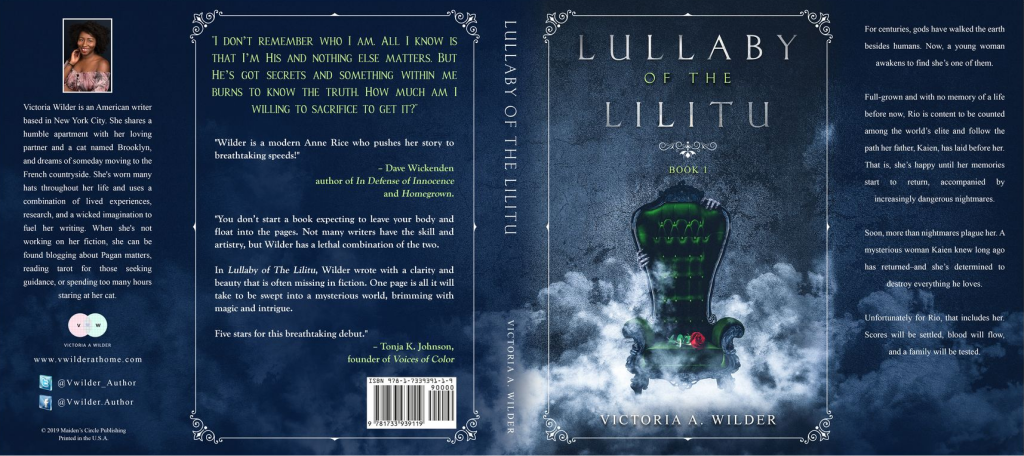
As you might have noticed, we kept mentioning the back flap. So let’s take a closer look at what you might want to include there.
Back flap
As we mentioned before, there are many options and ideas on what information to include on the back flap.
- Author bio. The most common practice is to place the author bio, and the author headshot on the back flap.
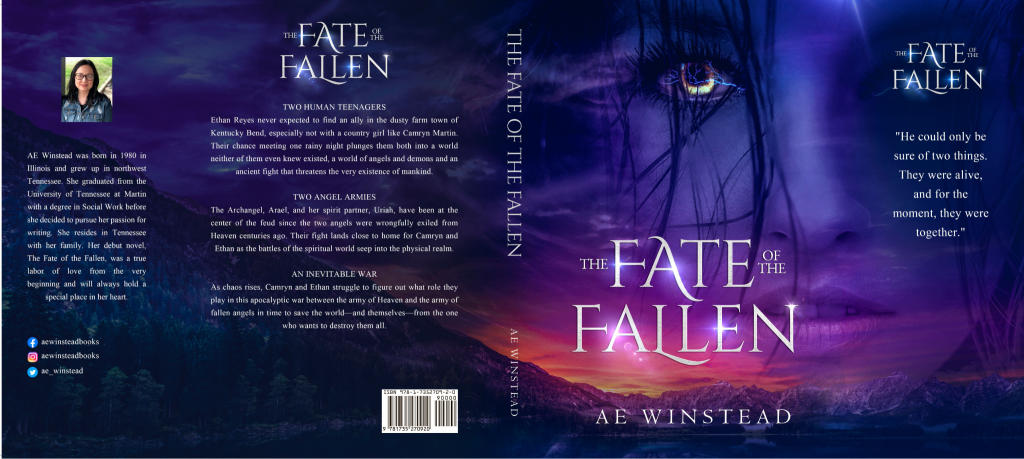
- Author website and social media. Some authors toss in contact details and social media accounts where they are active. No matter what, keep networking, remember?
- Author logo. Putting an author logo on the flap is also a great idea. It helps you to boost credibility and appear more professional.
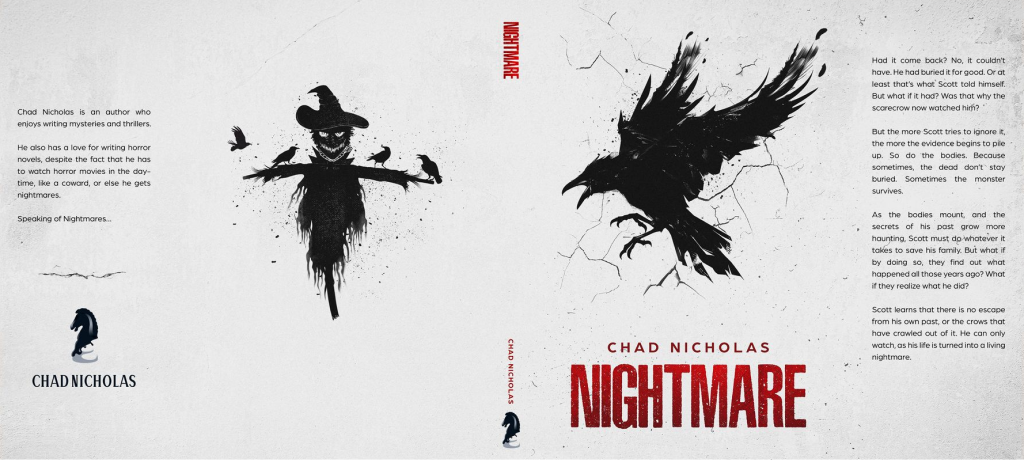
- Other publications, upcoming projects. Depending on your author’s activity and the book release timeline, you might add information regarding the future or current projects or events you are working on.
To sum up
Hope, we managed to explain the differences between paperback, case wrap, and dust jacket. Pay attention to the key design elements and decide what works best for you.
What dust jacket design ideas did you like the most? Let’s talk!


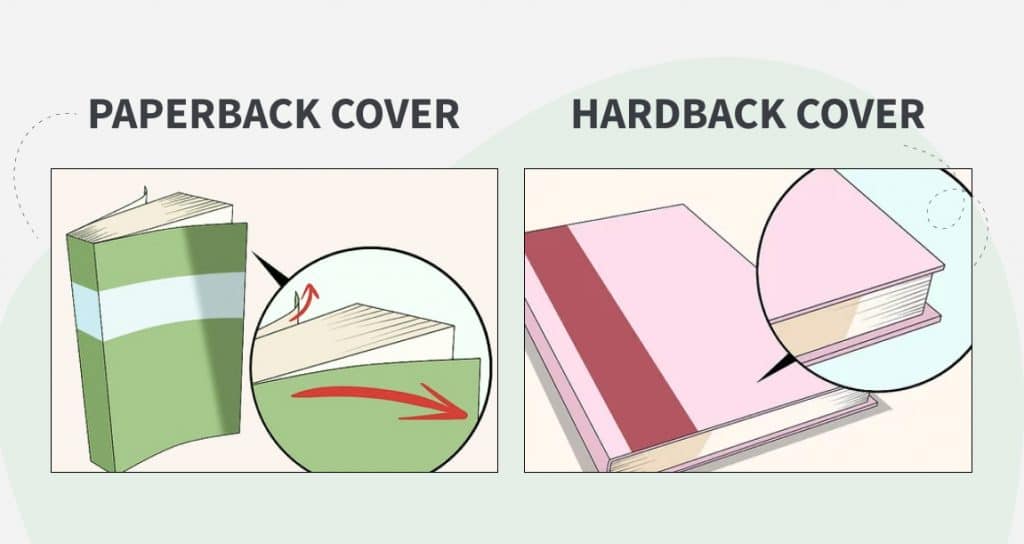
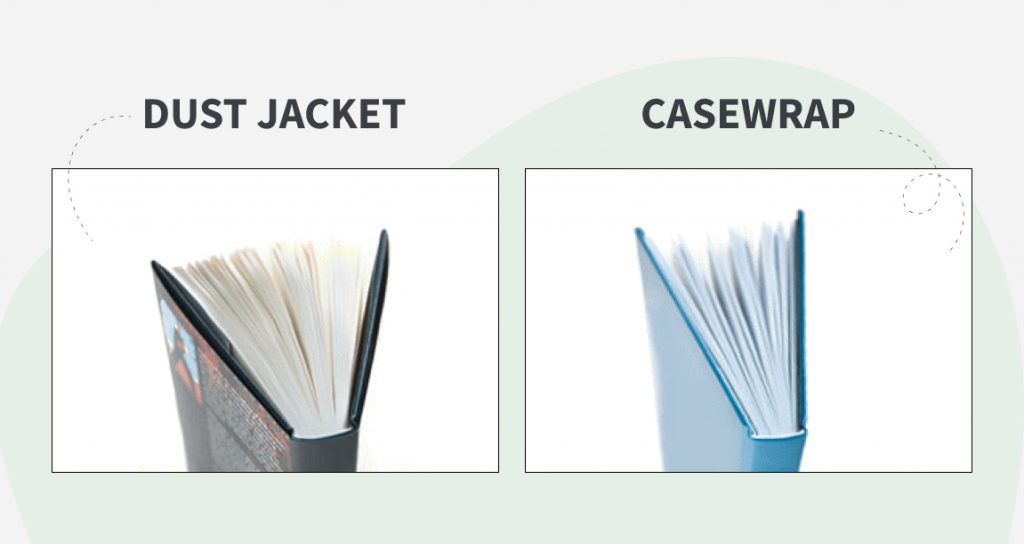


This is super useful information! Thank you so much for sharing it!
Thank you. Glad to have helped!
This is super useful information! Thank you so much for sharing it!